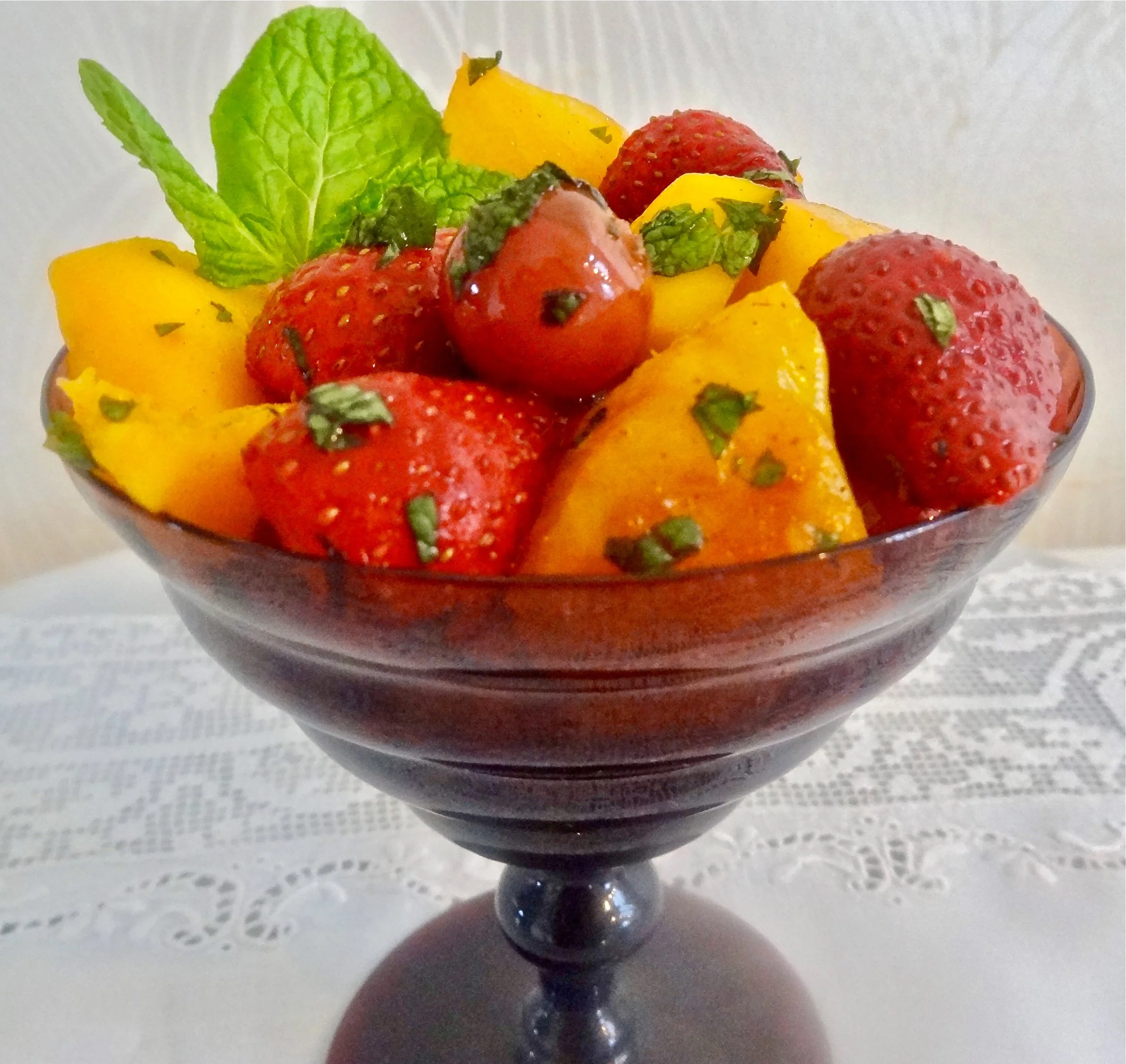I love that matzo meal is slightly, vaguely grainy. It gives pancakes an entirely different texture. Sometimes I make them plain, sometimes with some fresh fruit, like these, with blueberries. I like them sprinkled with cinnamon sugar, but sour cream, maple syrup, jam are all fine.
Matzo Meal pancakes with Blueberries
2 large eggs
1 cup milk, approximately
1/2 teaspoon vanilla extract
1 cup matzo meal
1/4 cup sugar
pinch of salt
1 cup blueberries
butter
Place the eggs, milk and vanilla extract in a bowl and whisk them together until blended. Add the matzo meal, sugar, and salt and mix until well blended. Fold in the blueberries. Add more milk if the mixture seems too thick and dry — it should be the consistency of pancake batter. Heat some butter in a saute pan over medium heat. When the butter has melted and looks foamy, drop some of the matzo mixture into the pan. Fry for about 1-1/ 2 to 2 minutes per side, or until lightly browned on both sides. Add more butter to the pan if needed.
Makes about 12









